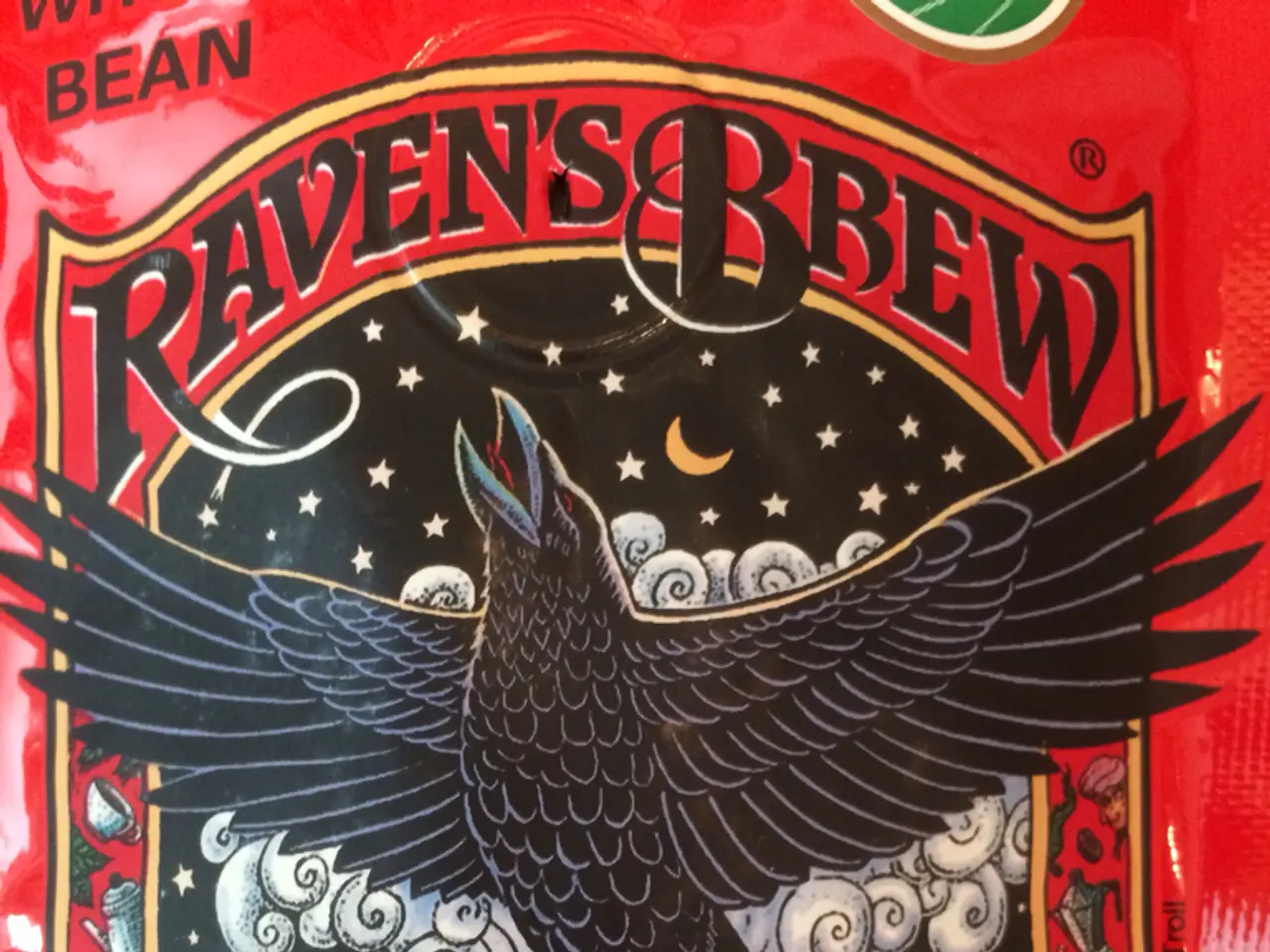Check if your brew lacks harmful substances.
In a recent study conducted by The Clean Label Project, a nonprofit organisation, 57 bestselling coffee products from 45 brands were tested for various contaminants. The tests measured heavy metals such as lead, cadmium, arsenic, and mercury, mycotoxins, pesticides, phthalates, glyphosate, and AMPA (a glyphosate breakdown product).
The study found that canned coffee had more acrylamide than bagged or pod varieties. Organic coffee does not guarantee AMPA-free, but it typically has fewer industrial contaminants. Trace amounts of glyphosate and AMPA were found in organic coffee, as well as in coffee products from various brands. Glyphosate was found in only two samples, but AMPA was present in 72% of them, including every organic coffee sample.
For a cleaner cup of coffee, it is recommended to choose dark or light roasts, avoid medium roasts, and prefer bagged or pod packaging over cans. Researchers ran 7,069 contaminant tests on the coffee samples.
The tests revealed common contaminants in popular coffee products, including glyphosate and its byproduct AMPA, phthalates (plastic chemicals), heavy metals, and acrylamide.
Glyphosate and AMPA were found in all tested organic and conventional coffee samples. AMPA has been linked to DNA damage and liver inflammation and may persist in the environment, contaminating even organic crops through runoff or legacy effects.
Phthalates were detected mostly in canned coffee, followed by coffee pods, with the lowest levels in bagged coffee. Packaging may be a significant contamination source.
Heavy metals levels vary by coffee origin, with African coffees having the lowest contamination and Hawaiian coffees showing the highest amounts, likely due to volcanic soil.
Acrylamide, present in all coffee samples due to roasting, is considered a potential carcinogen in animal studies but not conclusively harmful at low human exposure levels. Medium roasts contain the highest acrylamide, followed by light and then dark roasts. Canned coffee showed substantially higher acrylamide levels than pods or bags.
The Clean Label Project identified 16 coffees that deliver on safety and purity: 365 Whole Foods Market Caramel Medium Roast (bag), Starbucks Colombia (pod), Cameron's Vanilla Hazlenut (bag), Counter Culture Forty-six (bag), Dunkin' Hazelnut (bag), Eight O'Clock Original Roast (bag), Fabula Dark Roast (pod), Great Value French Roast (pod), Groundwork Organic Ethiopia (bag), ILLY Classico (can), Kicking Horse Three Sisters (bag), Nespresso Diavolitto (pod), Newman's Own Special Blend (pod), Peace Coffee Birchwood (bag), San Francisco Rainforest Blend (pod), Seattle's Best Post Alley (bag).
While these contaminants exist, current levels in coffee are mostly below European Union safety limits, and moderate coffee consumption remains associated with various health benefits. Consumers can reduce their exposure by preferring African-origin beans, opting for bagged coffee over canned or pod varieties, considering dark roast coffee, and being aware that organic labels do not guarantee absence of glyphosate-related contaminants.
- Glyphosate and its byproduct AMPA, considered potential health-and-wellness concerns due to their link to DNA damage and liver inflammation, were found in all tested coffee samples, including organic and conventional brands.
- Phthalates, known plastic chemicals, were predominantly detected in canned coffee, suggesting packaging may be a significant source of such contaminants in food-and-drink products.
- Acrylamide, a potential carcinogen from roasting, is present in all coffee samples, with medium roasts containing the highest levels followed by light and then dark roasts. Interestingly, canned coffee shows substantially higher acrylamide levels than pods or bags.




